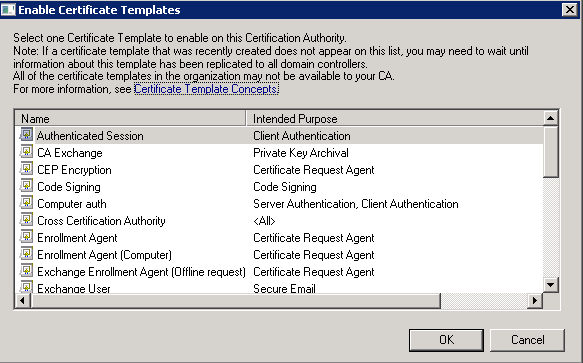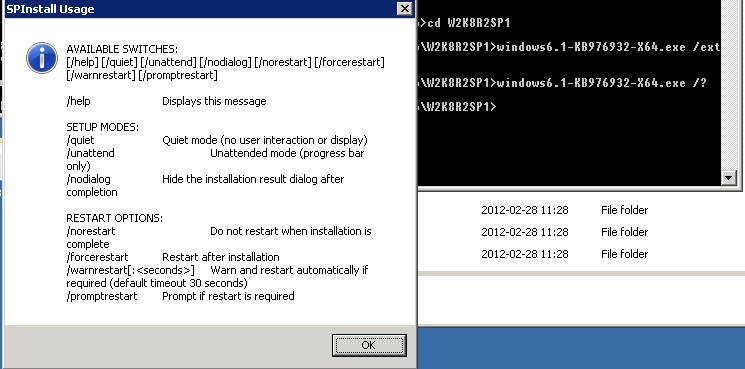Today quick diagnosis of Tilte mentioned issue.
Let consider following scenario:
- Orchestrator 2012 R2 installed on Windows 2012 R2 server
- Imported Integration Pack for REST
- Regional Settings configured in way, where decimal separator is other then period (‘.’)
- “Invoke Rest Service” action parameters are configured according to the documentation with string value “1.0” or “1.1”
This is really common scenario in Poland, where traditional decimal separator is comma sign (‘,’).
That is exactly the cause of issue. We need to double check last point of scenario is correctly configured for the first time.
Now we should confirm the diagosis with following code snippet, what is powershell substitute of code within integration pack.
1 2 3 4 5 6 7 | $result = 0; $HTTPVersion = "1.1" $status = [float]::TryDecode($HTTPVersion, [ref]$result); if(($status -ne $true) -or ($HTTPVersion -ne "1.0") -or ($HTTPVersion -ne "1.1")) { "Return Error: HTTP Version should be either 1.0 or 1.1"; } |
When decimal separator is not set to '.' in regional settings for service’s user account, then in line no. 3, there will be following true: $status == $false.
The solution is to set two registry values HKU\SID\Control Panel\International\sDecimal
and HKU\SID\Control Panel\International\sMonDecimalSep for the service account with exact SID to value
1 | '.' |
.
At the end, Orchestrator Runbook service should be restarted.
Originally I have described the case in russian technet forum reply.


